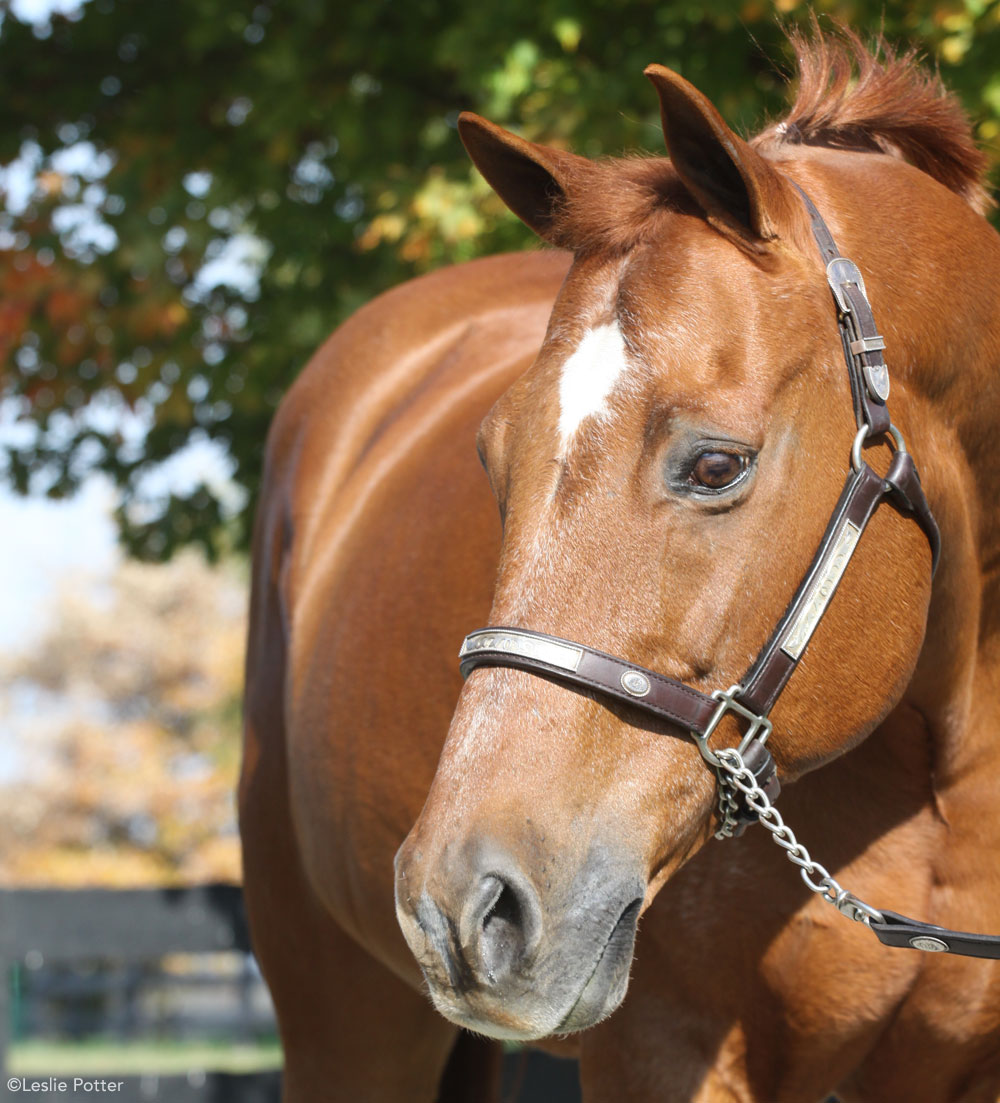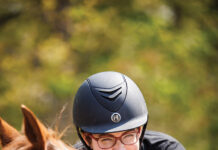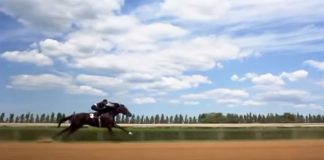
Everybody loves the beauty of a gorgeous chestnut horse, but how much do you really know about chestnut horses? Expand your chestnut-horse knowledge with these 16 fun facts, then quiz your friends. Enjoy!
2. A chestnut horse carries two copies of the recessive gene for red coat color pigment
3. A chestnut mare bred to a chestnut stallion will always produce a chestnut foal. No exceptions, 100% of the time, we promise.
4. Two black horses can potentially produce a chestnut foal. (It doesn’t seem possible, but it is.)

5. Chestnuts can vary in shade from very light to very dark. Some liver chestnut horses can appear almost black or bay.
6. Chestnuts are very wise.
7. The top two horses on The Blood-Horse magazine’s list of the Top 100 U.S. Racehorses of the 20th Century (Man o’ War and Secretariat) were chestnut.
8. Chestnut is sometimes known as “sorrel,” although some people differentiate between the two terms based on the color of the mane and tail (whether or not the hair is flaxen or red). The term “sorrel” is primarily used in stock horse breeds.

9. Palomino coat coloring is produced when a chestnut also carries one copy of the cream (dilution) gene.
10. Over time, chestnut mares have sometimes been saddled with a stereotypical reputation. (We’ve previously debunked the chestnut mare myth with examples of wondrously talented chestnut mares, including Genuine Risk.)
11. Chestnut is the only color recognized in the Suffolk Punch breed. (Their registry spells it as “chesnut.”)
12. Haflingers are also exclusively chestnut. Their color may range from “pale chestnut to dark liver chestnut with pale mane and tail,” according to the American Haflinger Registry breed standard.
13. Over half of the horses inducted into the American Quarter Horse Hall of Fame (as of 2011) have been chestnut or sorrel.







I was led to believe that a chestnut could also have black hairs in the mane and tail? if they aren’t flaxen…